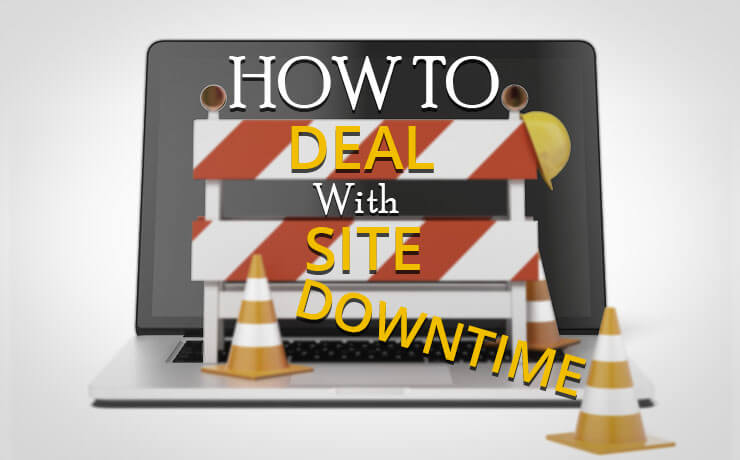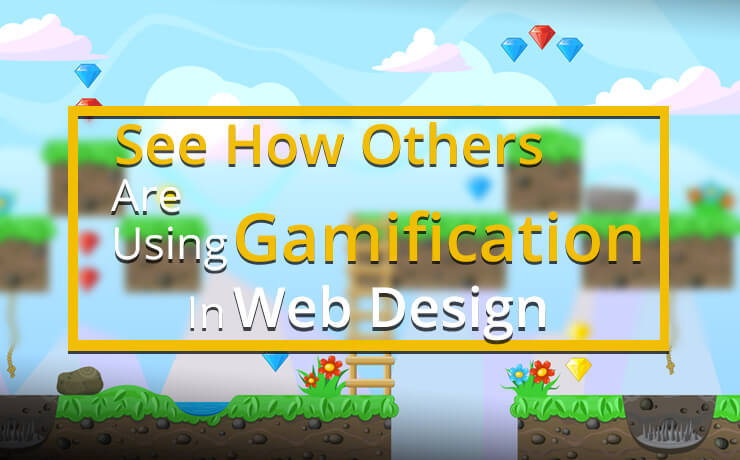A Guide To Developing An Effective Facebook Strategy For Businesses

Kymber Heinze
Director of Social Media

When creating your digital marketing strategy, there is no denying a strong Facebook presence plays a big role in this process. Social media as a whole should always be a major component of your digital marketing initiatives. Facebook alone is still one of the most utilized platforms today with 2.96 billion active users and roughly 1.97 billion active users on a daily basis. 69% of those users are adults. With those statistics in mind, it’s easy to see how developing a strong Facebook strategy for businesses is a non-negotiable task.
As the market gets more competitive, brands are improving how they communicate and engage with their consumers. Just having an online presence is not enough in 2023. Although trends for social media are always changing, it’s important to stick to the basics, keep it simple but always be up for changes. A Facebook marketing strategy is not something you can create, execute and revisit once a year. Between algorithm and trend changes, a Facebook marketing strategy should be evaluated at minimum twice yearly, however quarterly is ideal. In this post, we will cover what goes into a Facebook strategy and tips on evaluating the success of your Facebook marketing strategy.
The Benefits of Employing an Effective Facebook Strategy for Businesses
First, let’s identify the benefits of creating a strategy.
- Having a strategy will create brand consistency no matter how many team members will be working on your social media posts.
- Through brand consistency, an effective strategy will create organic brand awareness.
- A social media strategy will help identify and set goals as well as offer clarity on KPI’s and success measurement with supporting data.
- With the right targeting, having a well thought out strategy will help grow your followers.
- By choosing the correct topics and call to actions, a business can expect more traffic to be driven to their website.
- A business can expect to gain higher quality leads with the right strategy and execution.
What Should You Do with Your Facebook Business Page?
The first step in creating a strong and effective Facebook marketing strategy is to set your goals. There are a few questions to ask yourself before setting these goals such as “what are we looking to achieve?” and “what is our audience on social media here for?” It’s important to set goals, but be selective and specific as each goal will have different tactics and KPI’s involved. Here are some examples of goals:
- Grow our following
- Create higher engagement rates
- Communicate better and more effectively with our consumers
- Understand who our consumers, and potential consumers, are and how to target them
- Increase brand awareness through organic reach and impressions
- Increase traffic to our website
- Express our company culture and why we are different
- Build and support a positive reputation
There are many other goals that can be achieved, this is just a starting point. Feel free to get creative with your goals.
Research and Understand Your Target Audience
Understanding your audience is essential to creating a strategy. This knowledge will be the basis of everything from your post topics to chosen call to actions on your posts. More times than not, a few things will become apparent when this research begins:
- We know our audience in a very granular way, but these are not the audiences social media analytics show for our audience.
- Through looking at platform analytics, a new or unknown audience comes to light.
- Platform analytics will support exactly who the thought audience is.
Number three is rare and not common. More times, the people who follow us on social media are not who we perceive our ideal client to be. This could mean one or more of the following:
- The audience is different than we think
- We have more than one audience, one that is potentially untapped
- Our content strategy and targeting for social media platforms needs adjusting
It’s important to work with your social media strategist to identify which of the above are the case. Either way you view this, researching your audience using various tools such as Facebook analytics, Google Analytics or other sources of audience information. When researching your audience, it’s important to identify anything that would be important to your business such as age, gender, interests, time of day they are active, posts that are seeing the best engagement and reach. If you will have more than one audience to target, working directly with your strategist to create a well rounded strategy that appeals to both will be essential to your success on social media.
Perform Competitor Research on Facebook
Almost as important as understanding your own audience, competitor research will assist with creating your own strategy, especially if the client is a longer standing business. Pulling inspiration from many sources, including competitors, is natural. When deciding how to execute competitor research, it’s essential to look at more than one. Choose 2-3 of your top competitors and make notes to utilize when you create your own strategy that answer the following following:
- What kind of information do they have on their profiles and cover images?
- How many followers do they have?
- What are the post topics that are posted about consistently?
- How many times a week do they post?
- Which posts have the most reactions and engagements?
Knowing the above will help you create a well rounded list of topics to start creating on that have already been trialed by a similar company.
Document Your Facebook Competitor Analysis
Now that you know your goals, audience and a rough idea on topics, let’s put it all together. Having all the details you have discovered through this process on a spreadsheet, word document, or any form of documentation will help you stick to it. We suggest you have this guide up and review it as you are creating your monthly content. In this guide, whether all on one page or spread through multiple tabs on a spreadsheet, here are all the items your guide should cover:
- Number of posts you will create monthly
- Posting schedule (day, times)
- Appropriate call to actions
- Post topics
- Terms to be avoided
- Locations to be tagged (tagging locations is a great way to increase organic reach)
- Hashtags to be used (we recommend many groups such as service specific, product specific and general)
- Post structure if applicable/required
- Audience demographics and targeting information for ads/boosting (this will include geographical area, age, gender, interests, job titles and other information)
- Overview on competitor research
Brand Consistency is Important in any Business Facebook Strategy
Now that you have your initial research and basic strategy documented, let’s talk about the visual aspect of social media. Facebook ads and posts support both video and still imagery. If possible, both should be utilized. It’s best practices to start by creating a set of graphic templates to be used by topic you will be posting about. For example, here is a well rounded set of templates most businesses could utilize:
- Product feature with 1 image + headline
- Product feature with 1 image, headline and small description
- Product feature with 2 image
- Service feature with 1 image and headline
Create these templates in a common place where everyone can access them to duplicate and use for social media content if there will be more than one person working on your social media. Also, it’s best practice to create a brand guide if you do not have one. A brand guide can be as simple as having logo/color options, all color codes of the brand, approved fonts and any other stipulations you see appropriate. Having the templates and brand guide will assure consistency no matter how many employees are assisting with your social media presence.
Community Management, Audience Growth + Other Features
Creating a successful Facebook strategy doesn’t just stop at posting. Facebook offers other features that should be utilized as well such as Reels, engagement opportunities and boosting. Reels, or video, is an effective way of encouraging higher organic reach and engagement rates. When it comes to engagement opportunities, connection with your audience should have some extra effort put forth. Responding to comments, liking comments and inviting new likes will be essential to supporting community management. If a goal of yours is to grow your audience, which it should be, boosting can go a long way. With the correct detailed targeting in place, engaging content and imagery, boosting is a cost effective way of reaching new audience members and encouraging them to follow your account.
Facebook strategies that are creating using knowledge, consistency and constant reevaluation are going to be the most successful. While Facebook is still an efficient way to grow your online presence, it comes with a lot of work, dedication and strategizing. If you are looking to elevate results from your social media, reach out to us today to see how we can help.
 Free
Consultation
Free
Consultation Free
Google Ads Audit
Free
Google Ads Audit







